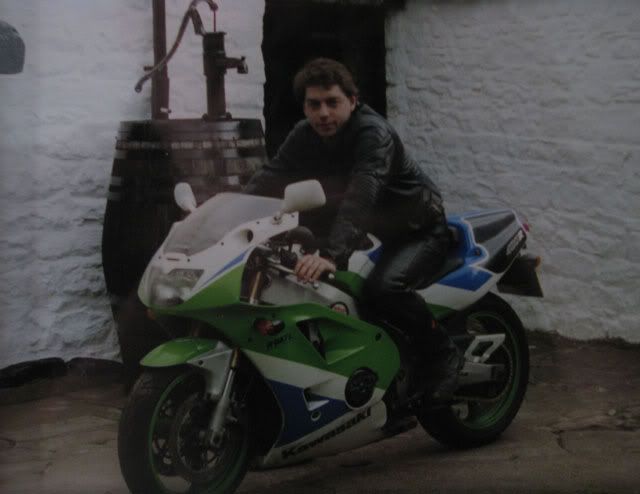Try to keep the excitement out of the overtaking. It's one of the more dangerous maneuvers, especially on a bike, where you're so vulnerable to complete nut-cases. I've had people deliberately try to force me off the road. Only a couple of times in forty years and over half a million miles of riding but the consequences of an accident can be with you for the rest of your life no matter who was at fault.
Don't get into a situation where you or the bike are in any way struggling to execute the maneuver. You need to absolutely know that you can carry out the overtake safely, and, normally, within a few seconds at the most. If you don't know, then don't do it. Backing out of an overtake half way through when you find you've made a mistake can be very dangerous. You can't depend on what the driver you're overtaking will do and you could find your retreat to safety blocked when the driver being overtaken brakes. Some -- many -- drivers treat being overtaken as a personal affront, and if they see your overtake waver they will do the most insane things.
I like to plan my overtakes so that I spend the minimum of time in an exposed and vulnerable position. That usually means starting the overtake much further away from the vehicle to be overtaken than most people would do it. This (1) gives the bike time to build up a good overtaking speed which (2) means that you spend less time actually overtaking and (3) allows you to watch the situation as it develops and (4) gives more opportunity to abort the overtake if necessary and (5) gives more information to other road users and (6) gives said users more time to digest it and (7) doesn't surprise them so much so that (8) they don't panic and do something dangerously stupid.
When I do an overtake with oncoming traffic, I usually pull out a long way to the side fairly quickly at the start of the overtake, and
immediately start returning to the normal road position. This means that the oncoming driver can see straight away that I'm going to be back on my side of the road before he gets to the bit of road that I'm on. I think of it as a kind of sawtooth-shaped change in my road position. It's another "information giving" thing.
These are advanced riding techniques and you should think about them carefully before you attempt them. Once you're at a standard of riding where you can take it all in, an advanced course is well worth it. These topics and many others will be covered by very experienced riders both in the classroom and in real situations out on the road where the instructor watching you will probably know what gear you're in better than you do, even if he's in front of you.









